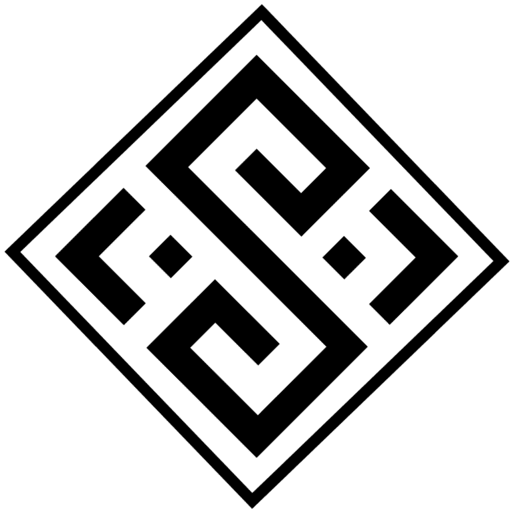Boroujerd is a district located in the western part of Iran in the province of Lorestan, where the famous Lori tribal rugs are woven. However, Boroujerd rugs have a striking resemblance not to Lori rugs, but to the rugs of Malayer. A Boroujerd rug typically features an allover pattern consisting of the famous Persian rug motif, the Boteh. The rugs are woven with the best materials and are one of the highest tribal standards. They come in various colors such as red, burgundy, ivory, and navy blue. Traditional floral designs are not uncommon in these rugs.
There are numerous smaller towns scattered throughout central Iran that weave high-quality carpets. Some of these towns south of Tehran include Veramin, Tafresh, Boroujerd, Khomaine, and Taleghan. Rugs woven in major cities of central Iran cannot even be compared to the village rugs. Often, a professional weaver in one of these cities will work non-stop on a rug for many years, using the famous asymmetrical Persian knot. The materials can be all wool, all silk, or a precise ratio of the two. The foundation (warp and weft) of the rugs is cotton, except in very fine pieces where it is pure silk. Countless handmade Persian rugs made in such cities as Kashan, Yazd, or Kerman, have been known to last several hundred years.
The rugs produced in the major cities of this region are far superior in quality and symmetry to the ones produced in the outskirts. Kashan and Isfahan have had great influence on their surrounding cities, and Najafabad carries out the design of Isfahan, while Yazd and Ardekan weave the famous design of Kashan. Most of the time, the rugs woven in Kashan, Yazd, or Ardekan are indistinguishable from one another. A genuine Isfahan rug, however, can always be identified by an expert.
In the past, Boroujerd had active workshops for carpet weaving, as well as units for producing natural dyes. The city has a long history of carpet weaving, and Boroujerd rugs are known for their use of the Shah Abbasi, Herati, and Boteh motifs in a style similar to that of Malayer. The rugs often have a thick pile with dark red and navy blue colors, and are available in various sizes, including the large sizes typical of Iranian tribal rugs. These rugs are sold in the market alongside the handmade rugs of other regions in Iran.
The Borujerd rugs are woven in the styles of curved Golzar and use Shah Abbasi, Herati, and Boteh motifs and patterns. They are often woven with thick texture, dark wefts, and long piles in shades of red and navy blue, and finally, they are offered in sizes of Zar, Nim, and Do-Zar’i and with regular borders in the market.
